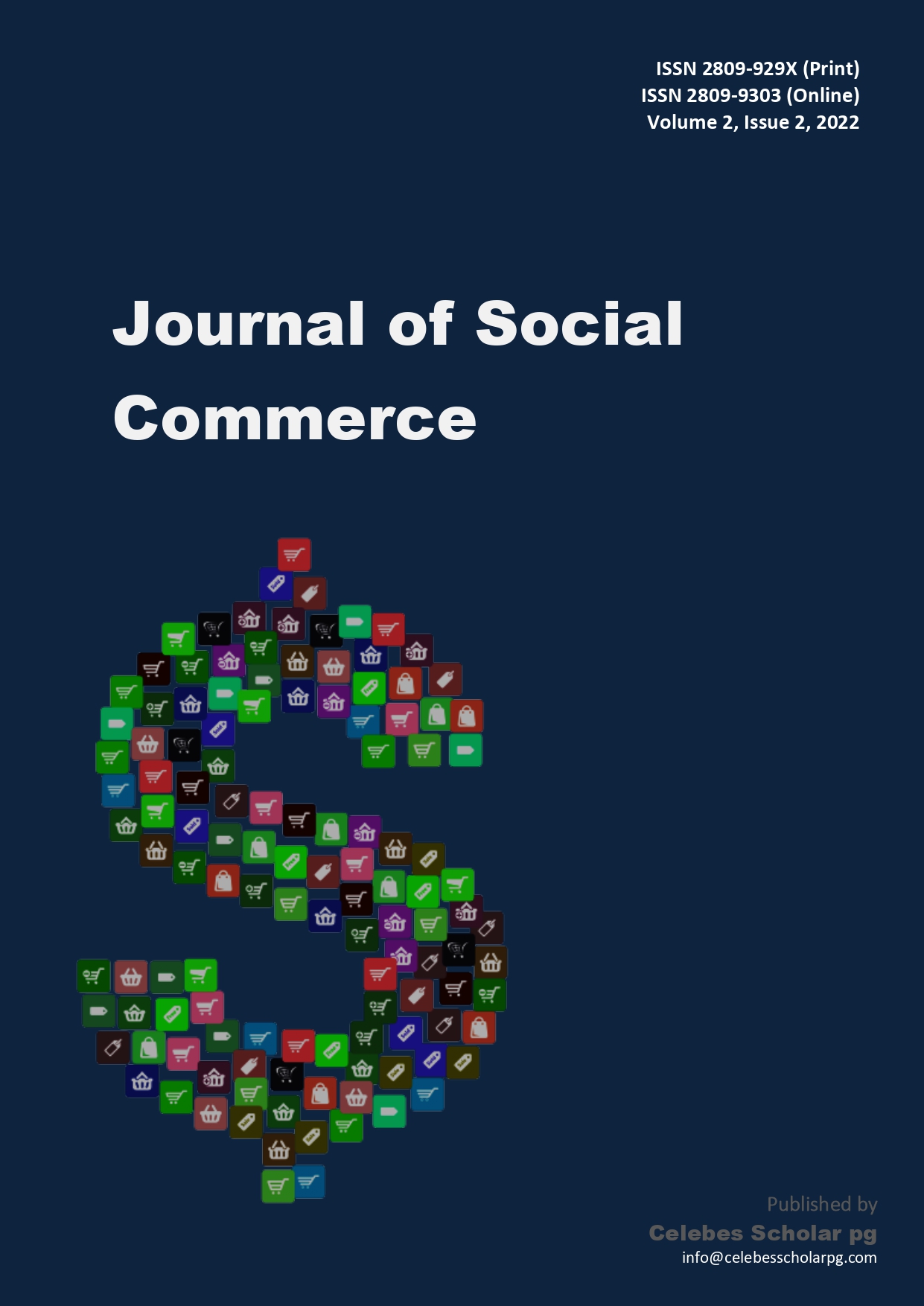Performance Evaluation of Selected Food Processing Companies through Value Added Statements
DOI:
https://doi.org/10.56209/jommerce.v2i2.15Keywords:
Value Added Statement, Gross Value Added, Net Value Added, Value Added Ratios, Food Processing IndustryAbstract
Along with the conventional technique of measuring financial success, economists and other professionals are also evaluating a firm's development and survival using a value-added statement (VAS). The purpose of this research study is to quantify, assess, and compare the performance of value-added statements and value-added ratios in two food processing firms, LT Foods Ltd. and KRBL Ltd., during a five-year period from 2015 to 2019. The different value-added ratios such as Net Value Added to Total Revenue, Employee Benefits to Net Value Added, Government Shares to Net Value Added, Capital Providers to Net Value Added, and Retain Earnings to Net Value Added are employed. After examining the development of all value-added ratios, it is determined that KRBL Ltd.'s average performance is constant in comparison to LT Foods Ltd. To compare the means of these various value-added ratios, a statistical T-test with a 5% threshold of significance is applied. The analysis revealed that the null hypothesis is accepted for all value-added ratios except Capital Provider to Net Value Added. This suggests that throughout the research period, there was no significant difference in the value-added ratios of LT Foods Ltd. and KRBL Ltd.
References
Allen, M. W., & Spialek, M. L. (2018). Young millennials, environmental orientation, food company sustainability, and green word-of-mouth recommendations. Journal of food products marketing, 24(7), 803-829. https://doi.org/10.1080/10454446.2017.1415827
Amin, A. (2017). An institutionalist perspective on regional economic development. In Economy (pp. 59-72). Routledge.
Girella, L., Zambon, S., & Rossi, P. (2019). Reporting on sustainable development: A comparison of three Italian small and medium‐sized enterprises. Corporate Social Responsibility and Environmental Management, 26(4), 981-996. https://doi.org/10.1002/csr.1738
Gonçalves, J. M., Ferreira, F. A., Ferreira, J. J., & Farinha, L. M. (2018). A multiple criteria group decision-making approach for the assessment of small and medium-sized enterprise competitiveness. Management Decision. https://doi.org/10.1108/MD-02-2018-0203
Joshi, A., Kumar, N., Yogesha, K. K., Jayaganthan, R., & Nath, S. K. (2016). Mechanical properties and microstructural evolution in Al 2014 alloy processed through multidirectional cryoforging. Journal of Materials Engineering and Performance, 25(7), 3031-3045. https://doi.org/10.1007/s11665-016-2126-0
Khan, A., Bibi, S., Lorenzo, A., Lyu, J., & Babar, Z. U. (2020). Tourism and development in developing economies: A policy implication perspective. Sustainability, 12(4), 1618. https://doi.org/10.3390/su12041618
Limarev, P. V., Limarevа, Y. A., Zinovyeva, E. G., & Usmanova, E. G. (2015). Methodical motivation of the using EVA (economic value added) as instrument of cost-performance management in organizations. Mediterranean Journal of Social Sciences, 6(5), 489. https://doi.org/10.5901/mjss.2015.v6n5s2p489
Ndirangu, M., & Kiema, J. B. K. (2007). Spatial approach in the identification of tax evasion on rental income: Case study of Umoja and Kileleshwa Estates in Nairobi, Kenya. Journal of Property Tax Assessment & Administration, 4(1), 47-59.
Safiullin, M. R., Abdukaeva, A. A., & Elshin, L. A. (2019). Features of assessment of regional business cycles: Methodical approaches and paradigm of the research. Journal of Environmental Treatment Techniques, 7(1), 911.
Sassanelli, C., Urbinati, A., Rosa, P., Chiaroni, D., & Terzi, S. (2020). Addressing circular economy through design for X approaches: A systematic literature review. Computers in industry, 120, 103245. https://doi.org/10.1016/j.compind.2020.103245
Schroeder, P., Anggraeni, K., & Weber, U. (2019). The relevance of circular economy practices to the sustainable development goals. Journal of Industrial Ecology, 23(1), 77-95. https://doi.org/10.1111/jiec.12732
Topleva, S. A., & Prokopov, T. V. (2020). Integrated business model for sustainability of small and medium-sized enterprises in the food industry: Creating value added through ecodesign. British Food Journal. https://doi.org/10.1108/BFJ-03-2019-0208
Van Berkum, S., Dengerink, J., & Ruben, R. (2018). The food systems approach: sustainable solutions for a sufficient supply of healthy food (No. 2018-064). Wageningen Economic Research.
Van de Poel, I., Asveld, L., Flipse, S., Klaassen, P., Scholten, V., & Yaghmaei, E. (2017). Company strategies for responsible research and innovation (RRI): A conceptual model. Sustainability, 9(11), 2045. https://doi.org/10.3390/su9112045
Wilson, F., & Post, J. E. (2013). Business models for people, planet (& profits): exploring the phenomena of social business, a market-based approach to social value creation. Small Business Economics, 40(3), 715-737. https://doi.org/10.1007/s11187-011-9401-0
Downloads
Published
Issue
Section
License
Copyright (c) 2022 Journal of Social Commerce

This work is licensed under a Creative Commons Attribution-ShareAlike 4.0 International License.





